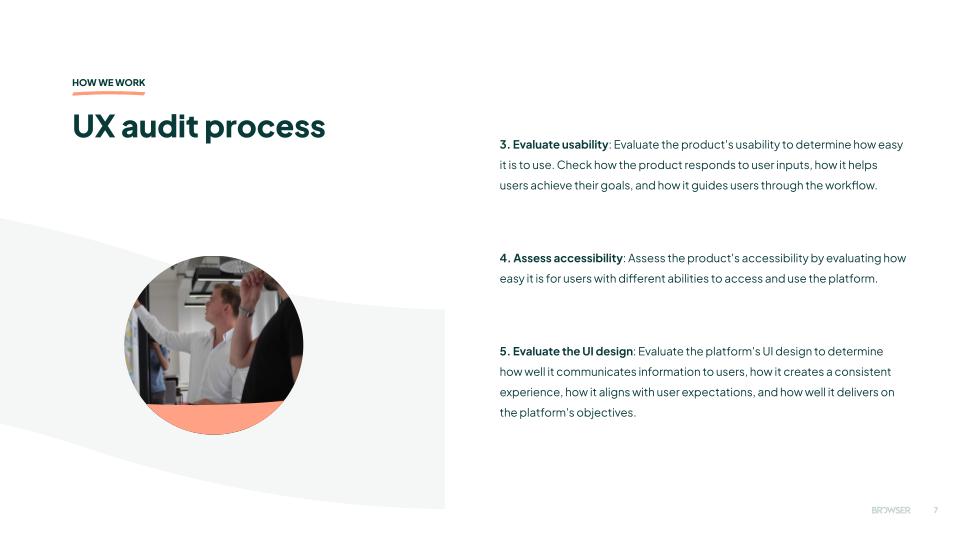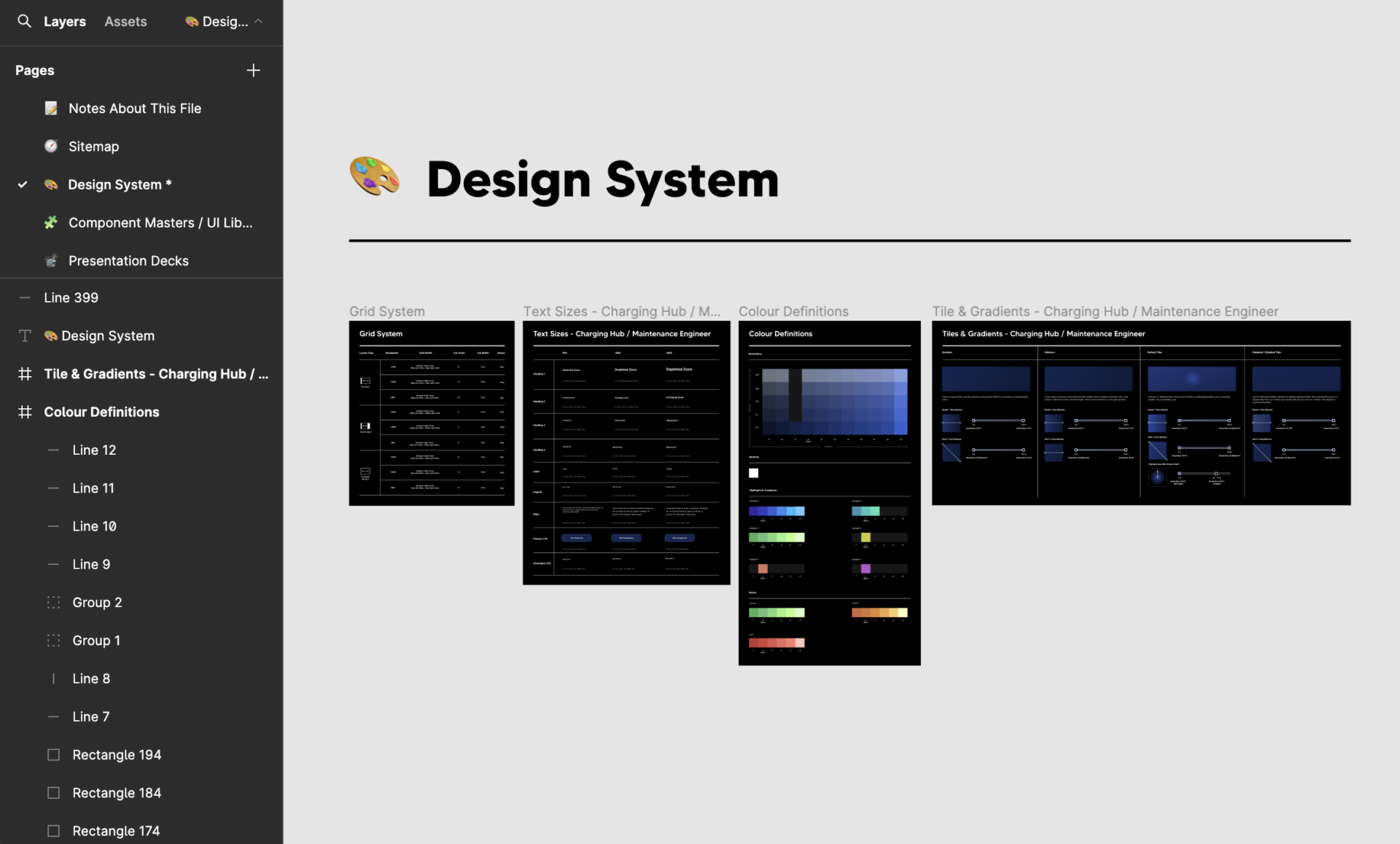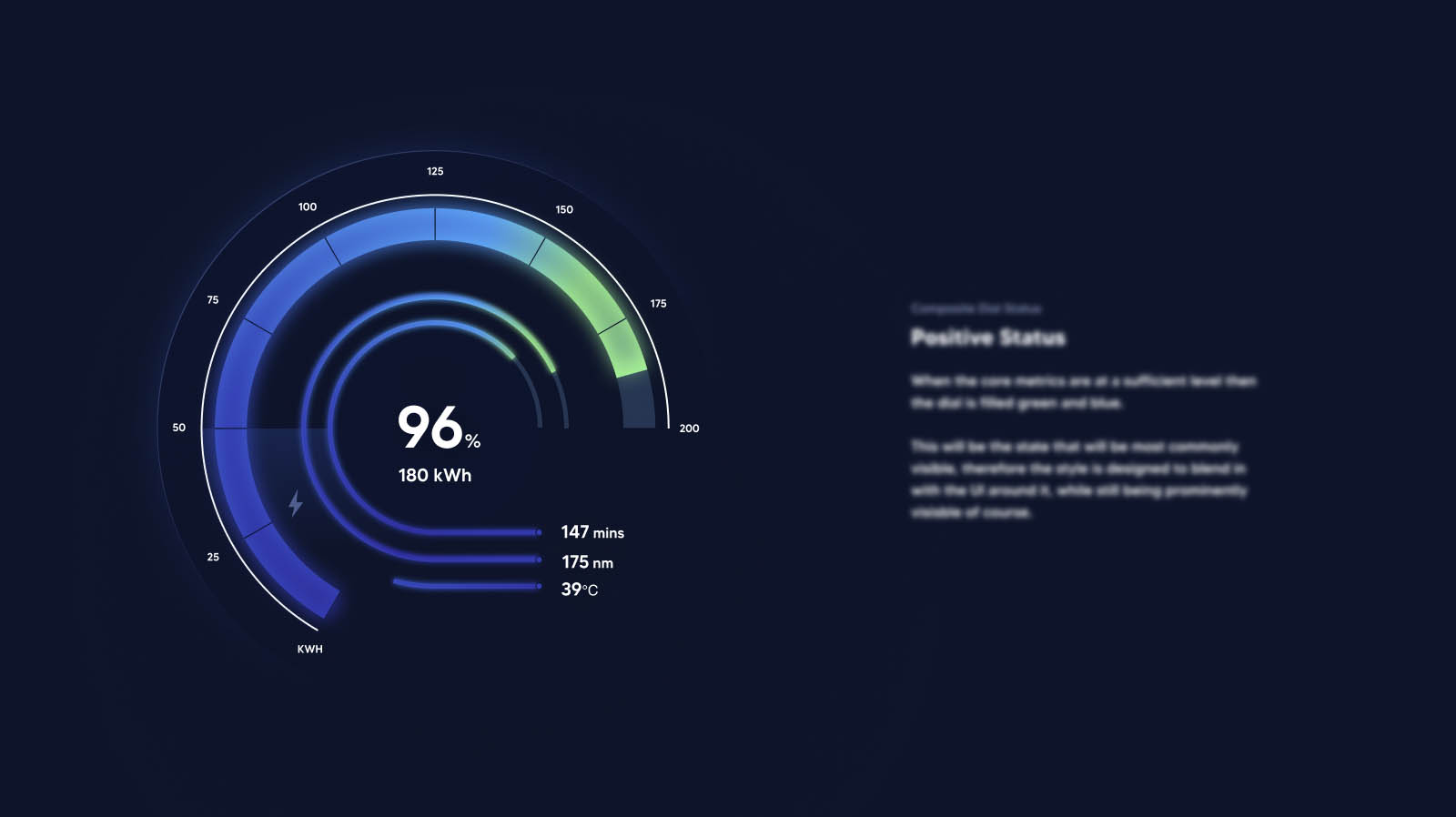Transforming Your Legacy Design System for an Unparalleled User Experience

Picture it, the year is 2014. The world has had a scary brush with Ebola, the FIFA World Cup is being hosted in Brazil and you, most likely, have heard Pharell’s ultra-catchy “Happy” tune a few dozen times. It was also during this time period that you just finished implementing your platform’s UX Strategy, painstakingly pushing pixels into just the right place within the accompanying design system.
Times have changed and with it, so must your platform. In this article, we will explore the crucial task of updating legacy design systems through a research-based approach, with an emphasis on enhancing the user experience (UX). We’ll show the means to outdated interfaces and streamline functionalities, ensuring that your legacy systems not only meet contemporary standards but also provide a seamless and enjoyable experience for users.
What is a design system?
A platform design system is a comprehensive framework comprising of user interface (UI) components, user experience (UX) patterns, and comprehensive guidelines, designed to ensure visual and functional consistency, foster efficient collaboration between designers and developers, and streamline the design and development process across a digital platform, thereby enhancing user experience and facilitating scalable growth.
In short, it’s the look and feel of a platform design, inclusive of rules and guidelines for every aspect and interaction.
Identifying the need to update
Although it’s been a while since your legacy system received updates, an overhaul may not be necessary. Start by assessing the system’s strengths, weaknesses, and alignment with organisational goals. An effective way to evaluate these aspects is through a thorough product audit.

An audit serves as an investigative look into the system’s functionality, performance, and overall health. It involves scrutinising user interfaces, backend processes, data handling mechanisms, and any integrations with external systems. Identify and preserve the system’s strengths.
Simultaneously, recognise and address weaknesses, including outdated design elements, inefficient workflows, and compatibility issues with modern technologies. The audit should not operate in isolation but align with the broader organisational context, understanding how the system supports or hinders current business objectives, regulatory compliance, and scalability aspirations.
In summary, before delving into advanced updates, a well-executed audit provides a comprehensive understanding of the legacy system’s current state. This approach ensures informed decision-making and facilitates a smoother transition to a more modern and user-centric solution.

Updating a legacy design
Research
The research that may (or may not) have been part of the legacy design system years ago is not timeless. As technology changes, so do expectations and new behavioral patterns will emerge.
Prioritise gathering nuanced insights directly from end users through in depth research. Understanding their needs, pain points, and expectations is not only vital for shaping redesign requirements but also ensures a user-centric approach that resonates with the intended audience. The importance of face-to-face or virtual research cannot be underestimated, underlining its unique ability to capture valuable behavioural data and deepen the understanding of user experiences.
Highlight the critical need to capture information about edge cases during user research. These scenarios are often crucial in uncovering potential challenges or unique requirements that might not be evident in mainstream user experiences.

Collaboration
Involving stakeholders from various perspectives is crucial for a successful redesign. Engage end users, IT staff, and business leaders to gather diverse insights and expertise. Form cross-functional teams that span different departments and areas of expertise. This multidisciplinary approach facilitates effective communication and collaboration throughout the redesign process.
During our time with the Mayor of London, our collaboration grew to include Bloomberg Associates for content and branding strategy. This gave our digital strategy and updates more depth and better user value precisely because of high-level collaboration.
Iteration
Embrace an agile development approach for the redesign. This methodology allows for iterative and incremental updates based on feedback and evolving requirements.

Develop prototypes and conduct regular testing to validate design decisions, collect user feedback, and identify and address issues early in the process. This proactive approach minimises potential challenges later on.
A culture of continuous improvement isn’t easy. It feels like it never ends (hence the continuous) but there in lies the advantage: leveraging feedback and lessons learned from each iteration to enhance the system further. This ensures the development of a robust design system that can evolve and become more accustomed to change.

Implementation
Craft a change management plan to facilitate a smooth transition from the legacy system to the redesigned solution. Minimise disruption and maximise user adoption through thoughtful planning and communication.
Provide comprehensive training and support resources for users and IT staff to acclimate to the new system effectively. This investment in user education ensures the system’s benefits are fully realised and embraced across the organisation. Our September 2023 post titled “Navigating the Dynamics of an External Team Collaboration” cast some light on how to embrace positive cooperation between the design and engineering teams.

What not to do when updating legacy systems
Just because a legacy system has an outdated look, doesn’t mean the answer is a “facelift.” Competitive research for aesthetics and newer UI trends have their time and place but changes based purely on what “the other guy” is doing to disrupt the established behavioural patterns from your users with no validation. The goal isn’t to reinvent the wheel, the goal is to help users with what they need to accomplish to get value out of the experience.
Note: There is a need for competitive user research to make sure the “skin” of your experience is aesthetic and up-to-date but it’s the muscles and skeleton, the UX and the code base that will determine the success of your system adapting.
User Response to Updated Systems
Depending on the nature of the product and the industry it’s in, user response will play a huge factor in the success of a new design update. Users will get comfortable (and want to be comfortable) with their patterns. Be it spreadsheets or thumb swipes, users’ response to the unexpected introduction of new UI can be a pivotal moment. Cue Duolingo 2022 new UI.
The 2022 Duolingo UI update elicited a diverse response from users, with criticisms revolving around the loss of access to tips, restricted lesson choices, and an increased focus on microtransactions. Some users even threatened to delete the app due to dissatisfaction with the redesign. The update aimed to address complaints about overwhelming learning options by introducing a linear learning path UI to reduce cognitive load. However, the well-intentioned effort faced significant backlash, revealing a catch-22 scenario: While striving to simplify the user experience, Duolingo grappled with discontent from users who valued the flexibility of the previous system.

This situation underscores a crucial lesson in design implementation: even with noble intentions, changes may not always be well-received. In essence, the user response to Duolingo’s UI update highlights the delicate balance between enhancing user experience and fostering innovation. It emphasises the importance of thoughtfully considering user feedback, especially when dealing with a user base attached to existing interfaces and features.
Conclusion
In conclusion, the imperative to update legacy systems is underscored by a wealth of research-driven insights and tangible metrics that collectively highlight the transformative impact of such endeavours. Research-backed evidence emphasises the correlation between system updates and enhanced performance metrics, showcasing the tangible benefits of reduced latency and faster transaction processing.
The integration of modern technologies not only ensures adaptability but also positions organisations to harness the full potential of innovations. Metrics reflecting increased compatibility and seamless integrations substantiate the system’s ability to embrace change and remain at the forefront of technological evolution.
User experience optimisation emerges as a key driver for updates, with measurable outcomes such as enhanced user engagement, reduced bounce rates, and positive feedback painting a vivid picture of the impact on end-users. Moreover, compliance with evolving regulations, as evidenced by successful audits and reduced regulatory issues, positions the updated system as a reliable and responsible steward of organisational data.
Cost efficiency, an unending concern for organisations, finds resolution in the streamlined operations and reduced maintenance costs facilitated by system updates. Metrics reflecting decreased expenses and heightened system reliability serve as a testament to the financial prudence of investing in the modernisation of legacy systems.
In essence, the decision to update legacy systems transcends mere technological modernisation; it represents a strategic investment in the sustained relevance, security, and efficiency of organisational operations. The research-backed insights and quantifiable metrics outlined in this article collectively underscore the compelling case for organisations to embark on the journey of revitalising their legacy systems, ensuring they remain not just functional but invaluable assets in an ever-evolving digital landscape.
With thanks to Edho Pratama on Unsplash for the photo.